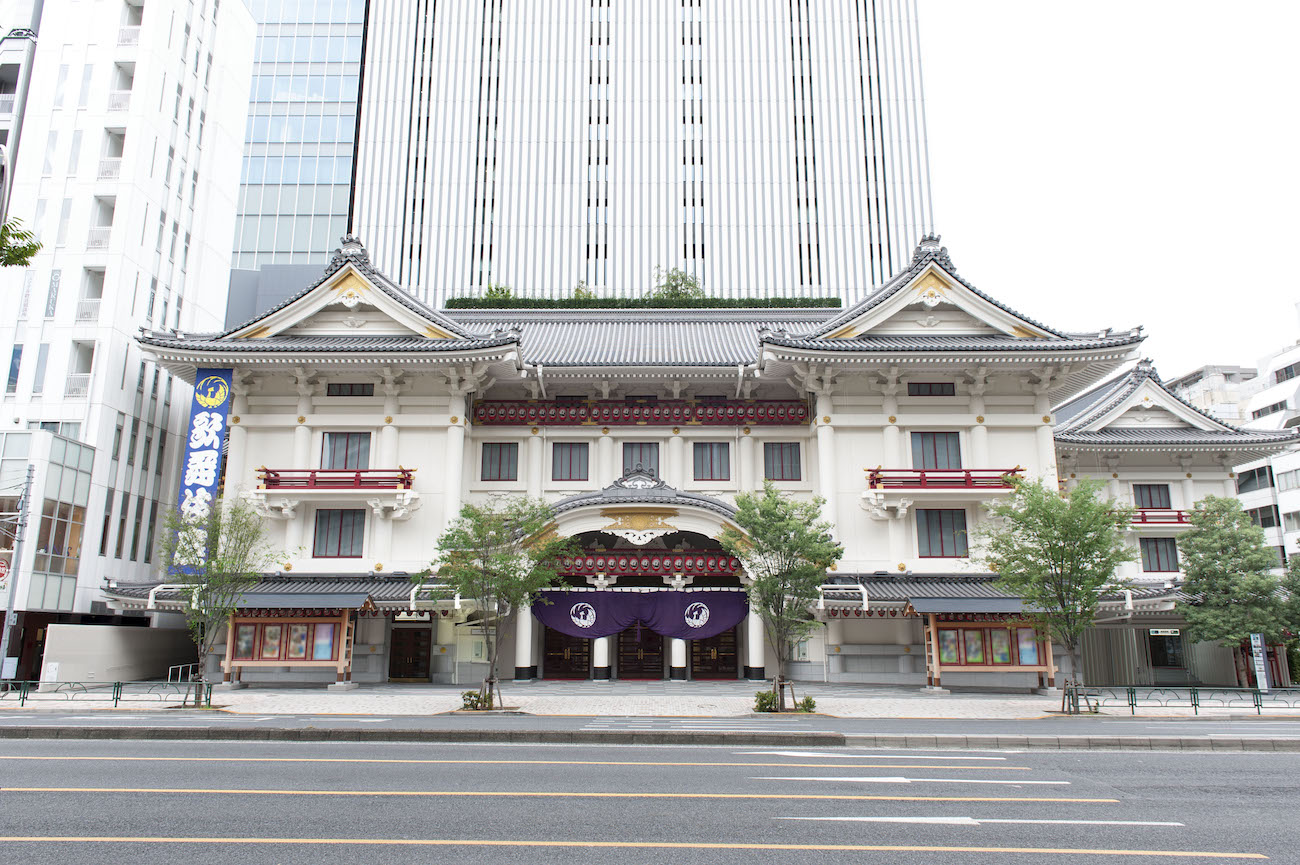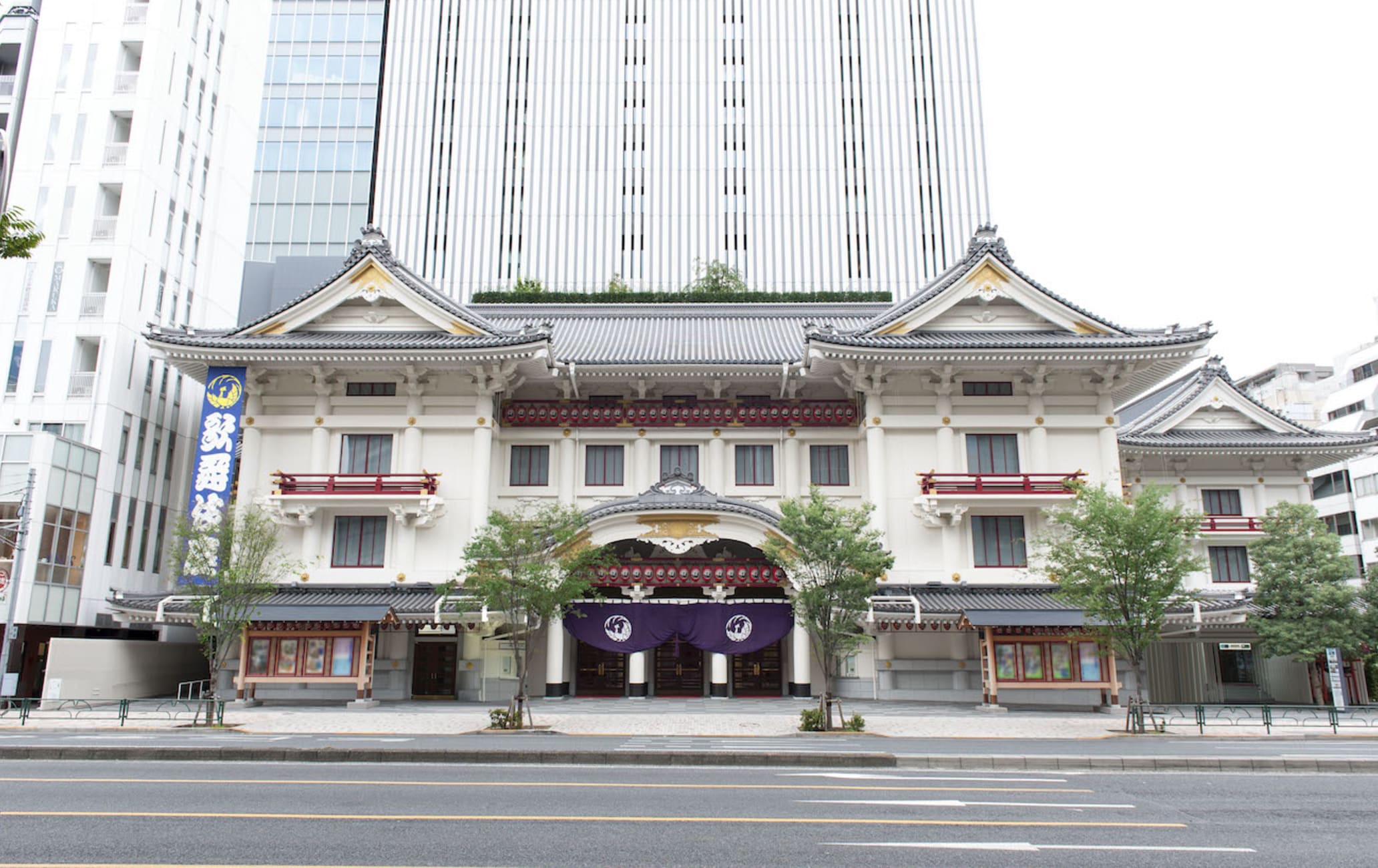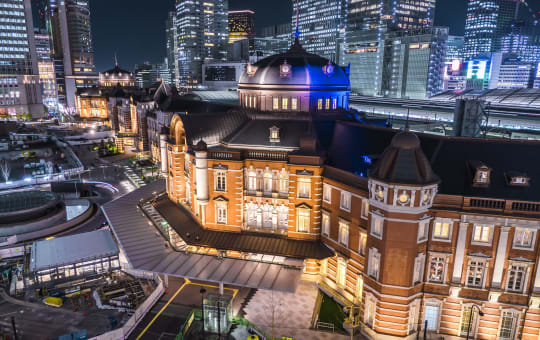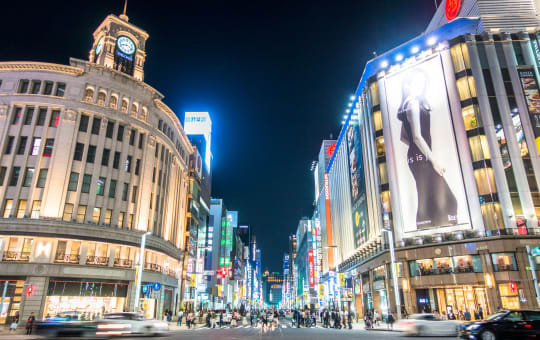O principal palco Kabuki em Tóquio
A grande dama dos teatros kabuki do Japão, o teatro Kabukiza em Ginza remonta a 1889. Suntuoso e um ícone da área, este teatro turístico é o lugar para aprender sobre uma das formas de arte tradicionais mais animados e cativantes do Japão.
Não perca
- A arquitetura clássica deste local de aproximadamente 2.000 assentos
- As representações teatrais únicas
- A cafeteria Jugetsudo Kabukiza que fica em frente ao terraço do teatro
Como chegar
O Kabukiza fica perto da Estação Higashi-Ginza, atendida pela Linha Tokyo Metro Hibiya e pela Linha Asakusa. O teatro fica a cerca de 15 minutos a pé da Estação de Tóquio ou a 10 minutos a pé da Estação Yurakucho na Linha JR Yamanote.
Uma das três formas teatrais clássicas do Japão
Ao lado do teatro de fantoches bunraku e do Noh, o Kabuki é uma das formas tradicionais de arte teatral do Japão. Datando do período Edo (1603-1867), existem muitos gêneros de apresentação Kabuki, mas eles compartilham elementos comuns.
Os movimentos intencionais do Kabuki, a postura exagerada e a sincronização são muito técnicos, e os trajes ornamentados e a música ao vivo que acompanha são realmente cativantes. Mesmo com pouca ou nenhuma compreensão da linguagem, a natureza alegórica da arte deve deixar claro quem são os heróis e os vilões.
Arquitetura impressionante
O teatro Kabukiza foi construído em 1889 principalmente para representações de Kabuki. Após ter sido atingido pelo desastre e reconstruído várias vezes, reabriu mais recentemente em 2013.
Buscando incorporar a beleza da arquitetura japonesa, o design do teatro do mundialmente renomado arquiteto Kengo Kuma conserva um telhado de telhas característico, tábuas arqueadas (empenas côncavas chinesas) e balaustradas em estilo japonês.
Interior e exterior magníficos
Enquanto o exterior do Kabukiza é impactante, o interior do teatro, com quase aproximadamente 2.000 lugares e tetos abobadados, não é menos impressionante. Além disso, você terá uma boa visão do palco nos assentos econômicos na parte posterior e superior do palco.
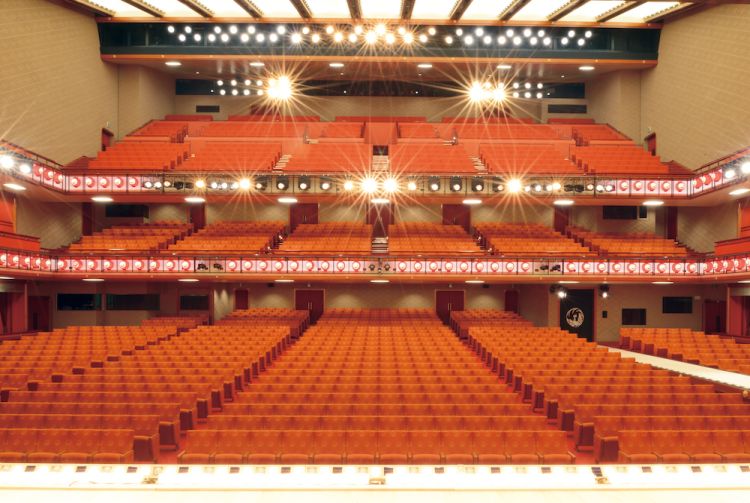
Os cenários também merecem uma menção especial: plataformas giratórias e alçapões permitem mudanças rápidas de cena ou a aparição ou o desaparecimento súbito de atores. O hanamichi ou a passarela que conduz através do público, permitindo uma entrada ou saída dinâmica, também é único.
Precisamente no ato
Hoje em dia, as apresentações duram cerca de duas horas. Atualmente, as apresentações duram cerca de duas horas. Os ingressos custam entre 3.500 e 16.000 ienes e podem ser reservados on-line em inglês.

























